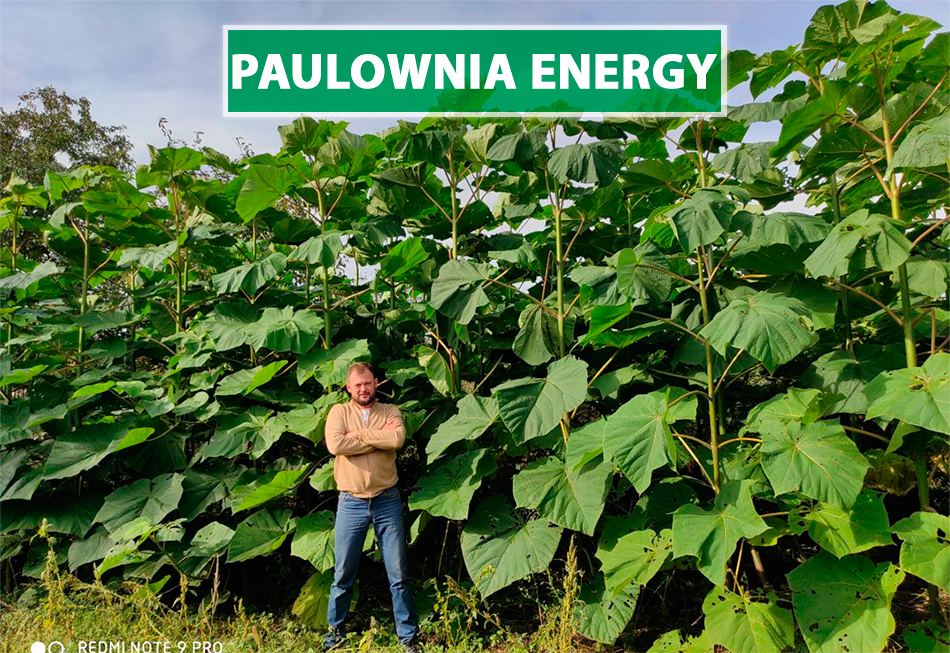Why Paulownia growing again after cutting?
Paulownia trees have the ability to re-grow from their roots after being cut down, which is known as coppicing. This is a natural adaptation that allows the tree to regenerate in case of damage, disease, or cutting. The process of coppicing involves the tree's root system sending up new shoots from the base of the tree after the main stem has been removed. These new shoots then grow into new trees, which is why Paulownia is able to grow again after cutting.

This ability to re-grow from its roots is one of the reasons why Paulownia is considered a valuable resource. By coppicing, trees can be harvested for their wood multiple times, allowing for a sustained yield of wood over a period of time. Additionally, coppicing can be used to control the size of a tree and to promote the growth of straight, tall stems for specific uses.

However, coppicing is not only a characteristic of Paulownia but also a feature of other species of trees. This is a natural adaptation that allows the tree to survive and thrive in their environment.
It's also important to note that the tree needs to be in good health to be able to re-grow after cutting, and the right environmental conditions are necessary for it to grow again.



